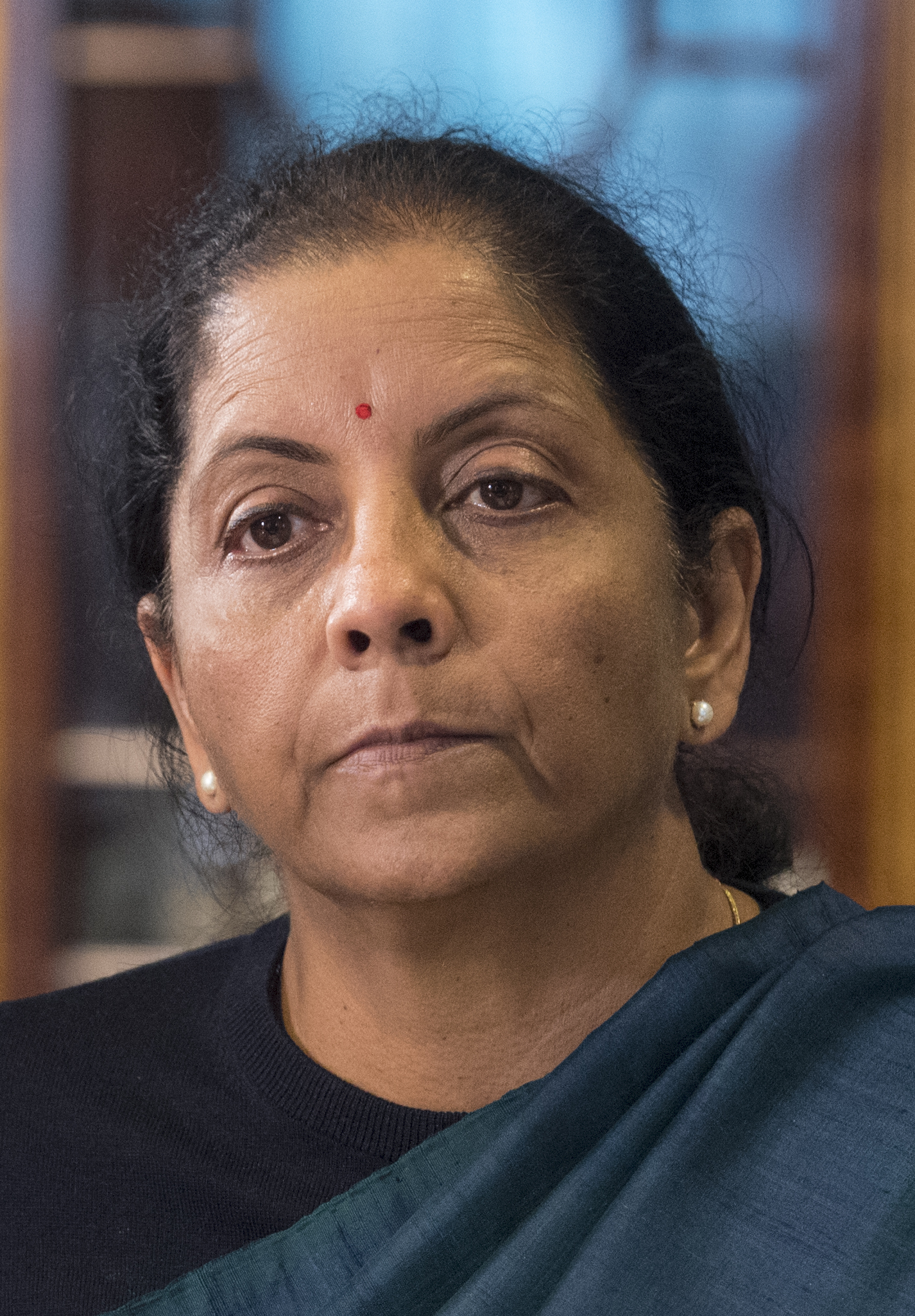
Paradigm change in India: In early February, Indian Finance Minister Nirmala Sitharaman presented the 2022 budget plan. The focus is to be on urban planning and clean public transport by 2047 – the 100th anniversary of independence.
Billboard
Skyscrapper
Halfpage
In early February, Indian Finance Minister Nirmala Sitharaman presented the 2022 budget plan. The focus is to be on urban planning and clean public transport by 2047 – the 100th anniversary of independence. There is talk of a “paradigm change in urban planning”. Read all about it here.
Nirmala Sitharaman: “This will help to realise the country’s economic potential”
In February 2022, India’s Finance Minister Nirmala Sitharaman presented the country’s budget for 2022 to 2023. The budget plan pushes for improved urban planning in Indian megacities. Special funds are for sustainable measures and public transport.
By 2047, the mark of 100 years of independence, about half of India’s population will live in urban areas. Nirmala Sitharaman explained that “to prepare for this, orderly urban development is of critical importance. This will help to realise the country’s economic potential.”
During the presentation of the Union Budget on February 1, the finance minister also predicted a growth rate of 9.2% for India in 2022. At the same time, more sustainable cities with cleaner urban transport will be important. They will be centres of sustainable living with opportunities for all. This also applies to the country’s many tier-two (population between 50,00 and 100,000) and tier-three (population between 20,000 and 50,000) cities.
Nirmala Sitharaman announced a high-level committee
Nirmala Sitharaman also announced the founding of a high-level committee of urban planners, urban economists and institutions. That will make recommendations on urban sector policies, capacity building, planning, implementation, and governance. “We plan to steer a paradigm change,” she said, explaining that the business-as-usual approach in India’s urban planning is not good enough.
The central government intends to provide more support to the country’s 28 states. By modernising by-laws and town-planning schemes, the government aims for a more transit-oriented development. To clarify, this means a focus on providing more residential, business and leisure space within walking distance of public transport stations.
To support this, Nirmala Sitharaman outlined plans to reorient Metro rail systems to better meet India’s requirements. By connecting Mass Urban Transport Corridors with the railway system and promoting public transport through tech, governance and mobility zones, a cleaner transport to support zero emissions is possible, she said.
In addition to the high-level committee, five academic institutions in different regions of the country will be designated as centres of excellence. Their task is to develop local knowledge in urban planning and design to help deliver certified training.
EV corridors and battery swapping
The budget shows that India’s government intends to promote a shift to the increased use of public transport in urban areas. Nirmala Sitharaman said, “This will be complemented by clean technology, governance solutions, special mobility ones with zero fossil fuel policies and electric vehicles.”
Another priority of the 2022 budget will be a battery swapping policy to improve electric vehicle (EV) charging for cars. As many Indian cities are constrained in terms of space, instead of setting up charging stations at scale, the budget aims at enabling battery swapping. This will also include interoperability standards. Overall, the finance minister hopes for more efficiency in the EV ecosystem in India, also calling on the private sector to develop business models for cleaner transport.
There will also be special mobility zones for EVs to boost cleaner transport options in India. The battery swapping policy in particular is expected to support the e-commerce delivery and the three-wheeler transport service actor. Due to time constraints in the categories, instant battery swapping is more viable than charging the existing battery.
A new blueprint for urban India
India’s budgetary focus on cleaner mobility through better public transport and EV support comes at a time when the country has committed to net-zero carbon emissions by 2070. While many international observers were disappointed with this goal, which lies much further into the future than that of most other nations, the reorientation appears to be a first step towards Prime Minister Narendra Modi’s intention to reduce India’s CO2 emissions by 1 million tons by 2030 and to reduce carbon intensity below 45 percent by 2030.

Nirmala Sitharaman is an Indian economist and politician. She is the country’s first full-time female Finance Minister. Before, she has served as the Defence Minister of India and as a national spokesperson for the Bharatiya Janata Party. The Forbes’ 2021 list of the 100 most powerful women featured Nirmala Sitharaman as the 37th most powerful woman in the world.
She has actively contributed to India’s target of 30% EV sales penetration for private cars, 70% for commercial vehicles, 40% for buses and 80% for two-wheelers and three-wheelers by 2030 through the budgetary policy. While India needs many additional policies to reach its net-zero target by 2070, the 2022-2023 budget promises progress.
Read more about urban planning in India or Mumbai here.
Medium Rectangle
Halfpage
Sources
https://www.thenewsminute.com/article/budget-2022-govt-pushes-urban-planning-clean-public-transport-160452
https://timesofindia.indiatimes.com/business/india-business/budget-2022-desi-blueprint-of-how-urban-india-will-live-in-2047/articleshow/89285109.cms
https://www.hindustantimes.com/india-news/budget-2022-special-mobility-zones-for-evs-soon-101643699503104.html












